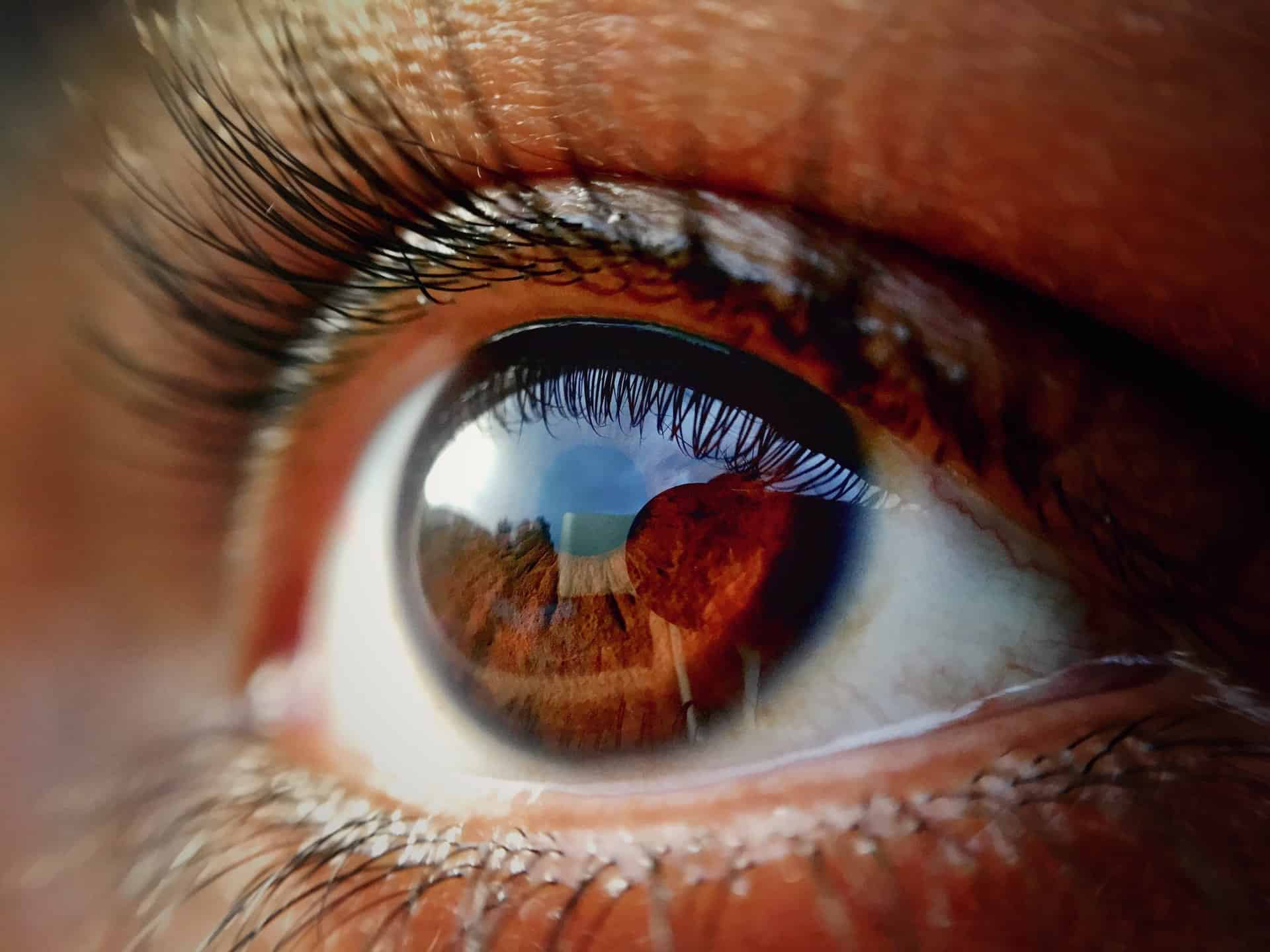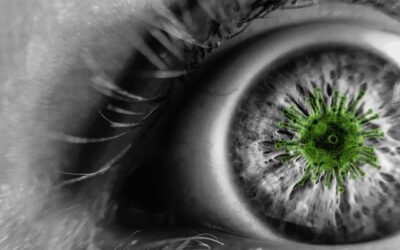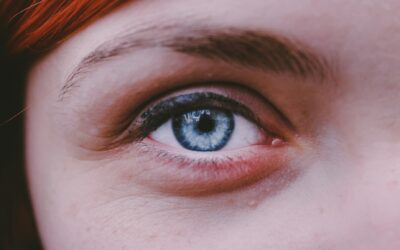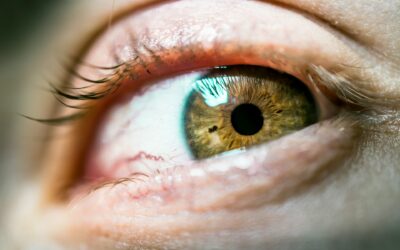Stargardt’s Disease is an inherited retinal dystrophy which is a chronic, progressive disease that can lead to permanent vision loss. This condition is relatively rare and often runs in families.
How Stargardt’s Affects the Eyes
Stargardt’s Disease is a condition which affects the retina, which is the back of the eye that is responsible for producing vision and sending it to the brain.
Specifically, Stargardt’s Disease affects the center of the retina called the macula which is responsible for the central vision.
Stargardt’s Disease will cause damage to the retina which is described as a beaten-bronze appearance due to the abnormal presentation of the retina with the condition.
Vision Loss from Stargardt’s
Unfortunately, it is common for Stargardt’s Disease to cause severe vision loss as it affects the center of the vision.
Mostly, individuals with Stargardt’s Disease will not be completely blind but will have vision that cannot be corrected better than the minimum for legal blindness certification.
Stargardt’s will usually not continue to progress after childhood, once the condition is stable, the remaining vision is expected to no longer be affected and low vision services can begin to offer assistance.
Inheritance of Stargardt’s Disease
Stargardt’s Disease is inherited through a recessive pattern which means that both parents must be a carrier for the condition for the child to develop Stargardt’s Disease.
Since the condition is inherited as a recessive condition, it is not uncommon for a distant relative to have the condition while no close relatives have the condition and are only carriers.
Genetic testing can be done if there is suspected risk of Stargardt’s Disease in the family.
When Does Stargardt’s Disease Begin?
For most individuals with Stargardt’s Disease, the condition will be present at birth and visual symptoms will arise in childhood.
Stargardt’s Disease is the most common childhood retinal dystrophy, so if there are severe visual problems early in life, Stargardt’s Disease must be ruled out.
Stargardt’s Disease will usually progress and continue to decrease vision until the late teens or early twenties, by this point, the disease will usually become stable.
Treatment for Stargardt’s Disease
Currently, there are no treatments to improve the vision with Stargardt’s Disease. At this time, research is ongoing in this area and there may be more treatment options available in the future.
Since there are no treatments to improve the vision with Stargardt’s Disease, low vision or vision rehabilitation services are usually needed.
These services offer assistance adapting to the reduced vision and using aids such as magnifiers, telescopes, white canes, or seeing eye dogs to improve the function of individuals with reduced vision.
Prognosis with Stargardt’s Disease
Anyone with Stargardt’s Disease will have a limited prognosis, as there is no way to improve vision from where it currently is.
If the vision is not severely reduced, an individual may live a very normal life without any symptoms from the condition.
However, if the vision is severely impacted, the individual may have to make many adaptations to live their life each day.
Regardless of the level of visual impact, Stargardt’s Disease does not typically progress after the twenties so anyone past that age is considered to be stable with their vision.




